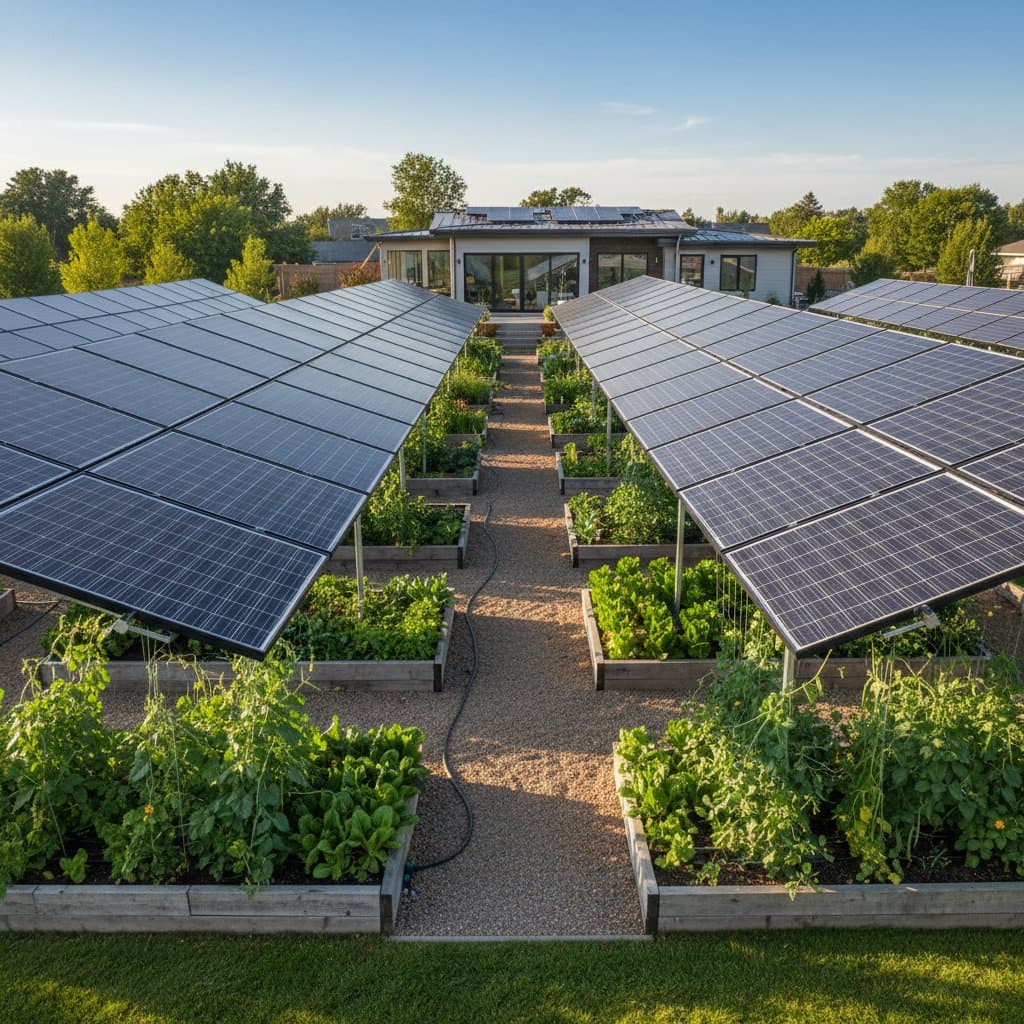Living Walls: A Smart Way to Slash Energy Bills
Living walls, often called vertical gardens, offer a powerful solution for homeowners seeking to reduce energy costs while enhancing their living spaces. These innovative installations, composed of plants grown on vertical surfaces, can lower energy bills by as much as 30 percent through natural insulation. Beyond financial savings, they bring cleaner air, quieter environments, and increased property appeal. This guide explores how living walls work, their cost-effectiveness, and practical steps to integrate them into your home.
How Living Walls Save Energy
Plants on a living wall absorb sunlight and release moisture through a process known as evapotranspiration, which cools the surrounding air without any need for powered systems. During hot months, this effect reduces the demand for air conditioning by shading walls and lowering indoor temperatures. In colder seasons, the combination of soil, foliage, and trapped air pockets acts as a thermal barrier, retaining warmth and minimizing heating needs. Studies suggest that, depending on climate and building design, energy savings can range from 20 to 30 percent annually.
The impact varies based on factors like wall orientation and local weather patterns. For instance, a south-facing wall in a sunny region maximizes cooling benefits, while a well-insulated design in a colder area enhances heat retention. Homeowners can amplify these gains by pairing living walls with other efficiency upgrades, such as high-performance windows or enhanced roof insulation.
Breaking Down the Costs and Returns
Investing in a living wall requires upfront planning, but the long-term savings often justify the expense. Costs depend on the scale, materials, and whether you opt for a do-it-yourself approach or professional help. Here is a detailed look at the financial aspects:
- Basic DIY setups: Expect to spend between $50 and $200 per square foot for modular panels and simple irrigation kits, ideal for small indoor projects.
- Professional designs: Larger or custom installations range from $100 to $250 per square foot, covering specialized framing, automated watering systems, and expert plant choices.
- Ongoing upkeep: Annual maintenance might cost $20 to $40 per square foot if outsourced, though many manage basic care like trimming and watering on their own.
Consider a mid-sized wall of 100 square feet, professionally installed at $15,000. If it cuts energy bills by 20 percent yearly, a household spending $3,000 on utilities could save $600 annually, recovering the investment in roughly 25 years. However, in high-energy-cost areas or with larger installations, payback periods often shrink to under a decade. Additionally, such features can elevate property value, as buyers increasingly prioritize sustainable and visually striking home elements.
Broader Benefits for Home and Environment
Living walls deliver advantages that extend well beyond utility bill reductions. They contribute to a healthier, more sustainable lifestyle in several measurable ways:
- Cooler Urban Spaces: In cities, greenery mitigates the heat island effect by lowering ambient temperatures around buildings.
- Cleaner Indoor Air: Plants naturally filter harmful pollutants, such as formaldehyde, while increasing oxygen levels.
- Sound Dampening: The dense layers of soil and foliage absorb noise, creating a more peaceful indoor environment.
- Wildlife Support: These vertical gardens offer habitats for pollinators, birds, and beneficial insects, fostering local biodiversity.
When integrated with other eco-friendly home strategies, such as rainwater harvesting or solar panels, living walls help build a residence that is both resilient and environmentally responsible.
Planning Your Living Wall for Success
A successful living wall hinges on thoughtful design and preparation. Start by assessing the location, whether indoors or outdoors, to determine light exposure, humidity, and structural capacity. Select plants suited to your climate: drought-resistant species thrive in arid regions, while mildew-resistant varieties perform better in humid zones. Irrigation is another critical factor, as overwatering can damage both plants and walls, so consider drip systems or self-watering panels for consistent moisture.
Structural support cannot be overlooked, especially for exterior installations. Walls must bear the weight of soil, plants, and water, often requiring reinforcement or professional consultation for larger projects. Finally, commit to regular maintenance, including pruning, fertilizing, and inspecting irrigation lines, to ensure the system remains functional and attractive over time.
Common Questions About Living Walls
Can living walls function in any climate?
They can, provided you tailor plant choices and care routines to local conditions. In dry areas, opt for succulents or other hardy species, while humid regions call for plants that resist mold growth.
Are indoor installations feasible without complex gear?
Absolutely, many modular kits come with built-in trays for watering and are designed for easy setup. Just prioritize proper drainage to prevent water damage to floors or walls.
Do they boost a home’s market value?
Often, yes, as sustainable and unique features like living walls enhance curb appeal and attract environmentally conscious buyers.
Should I hire experts or tackle it myself?
Small indoor walls are manageable for most DIY enthusiasts, but expansive outdoor projects typically benefit from professional expertise in structure and irrigation.
Bringing Your Vision to Life
Starting with a living wall does not need to be an overwhelming endeavor. Begin with a modest indoor panel, perhaps in a kitchen or living area, to test the concept and refine your approach. As you gain confidence, expand to larger exterior walls or integrate more complex designs. Over time, you will likely notice not only reduced energy expenses but also a deeper sense of harmony between your home and the natural world, creating a space that is healthier, quieter, and uniquely yours.








